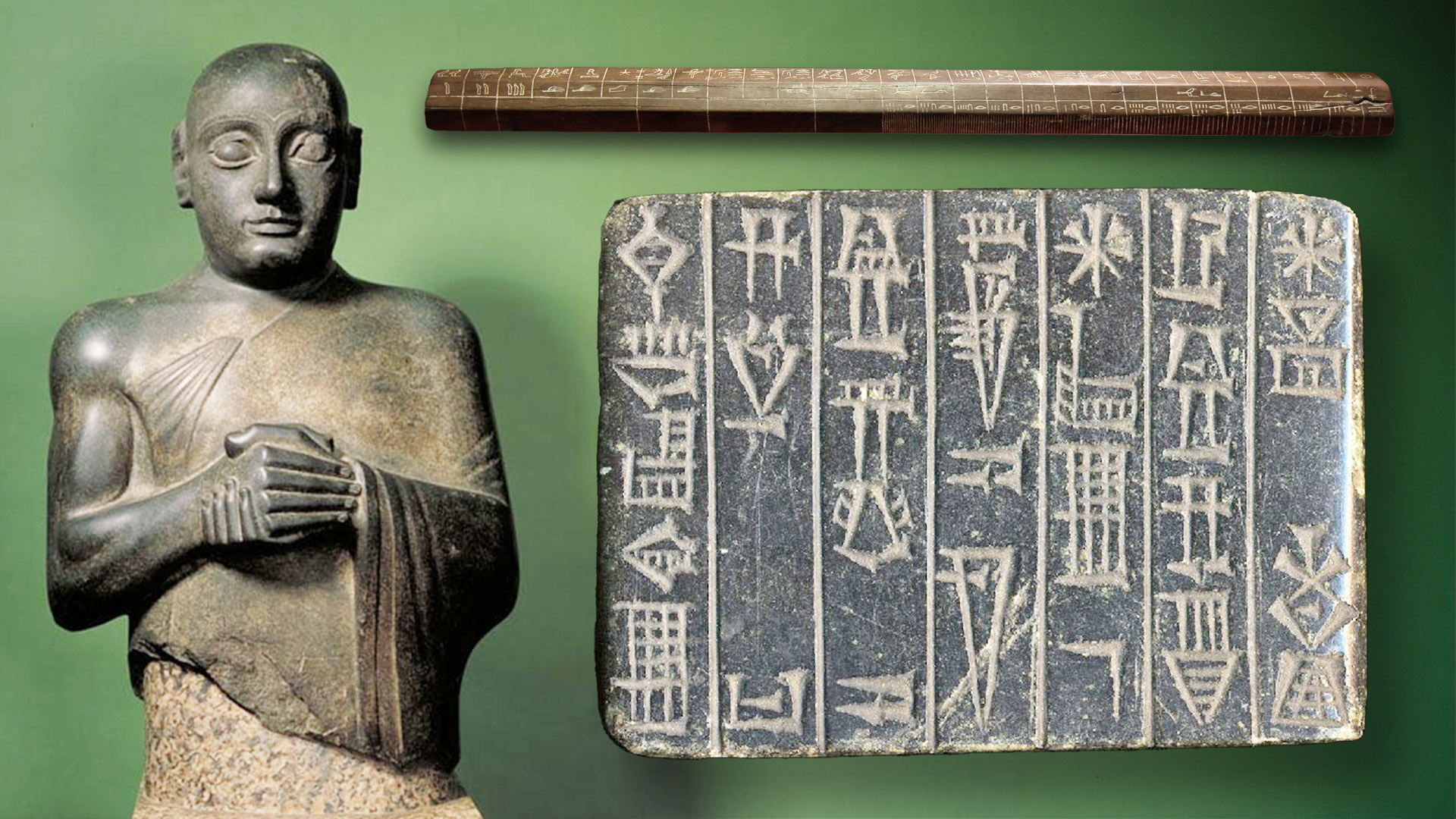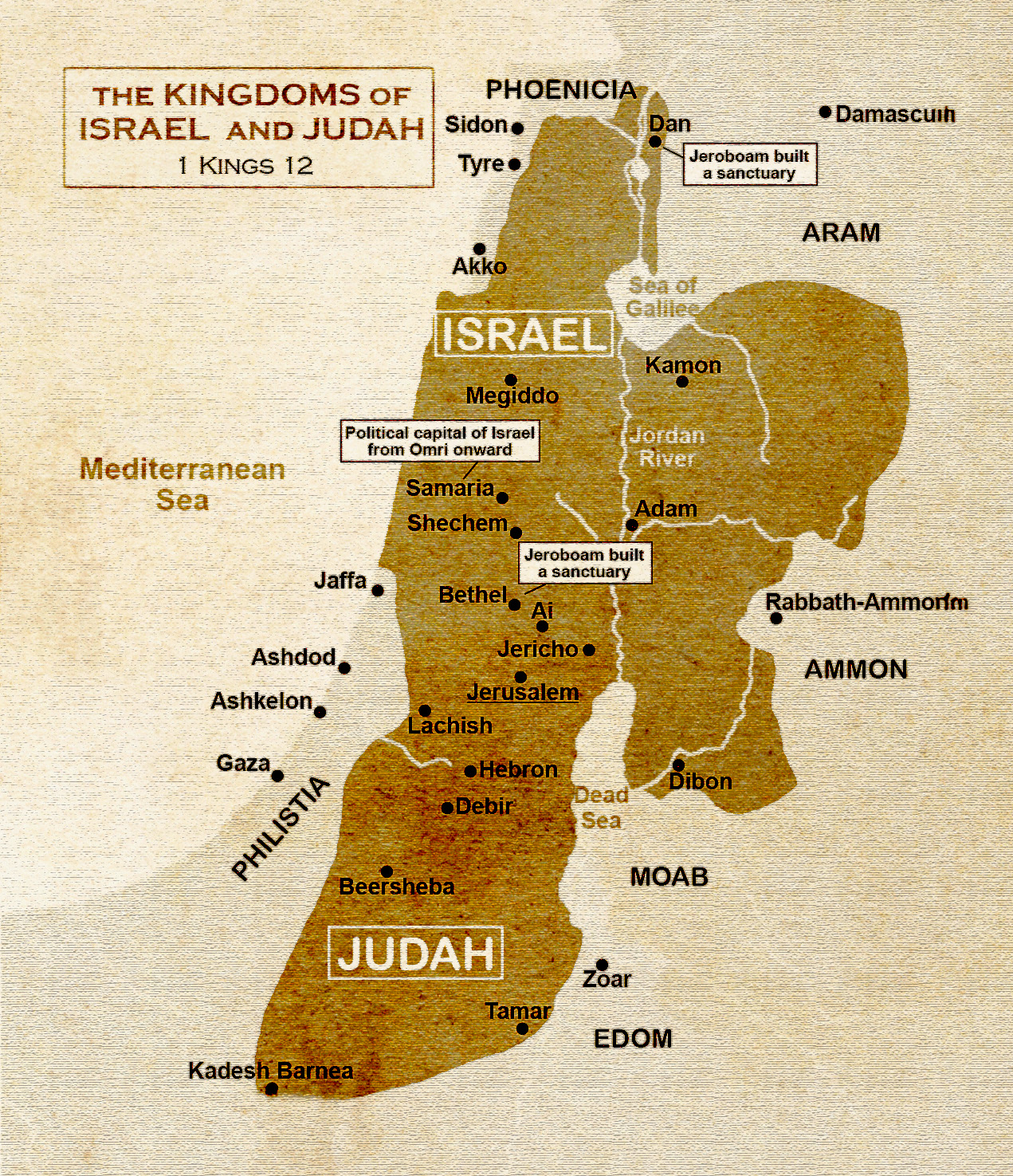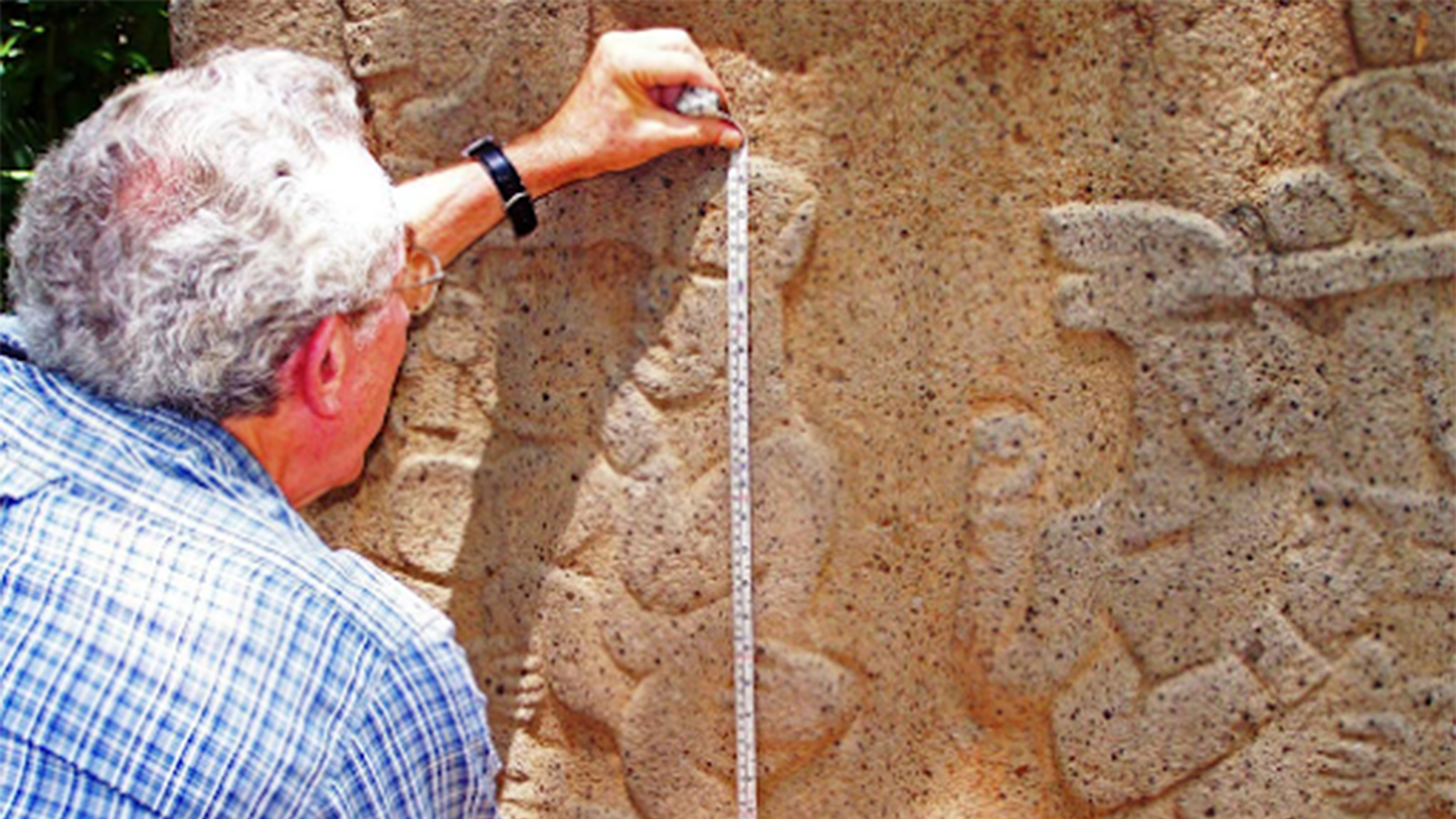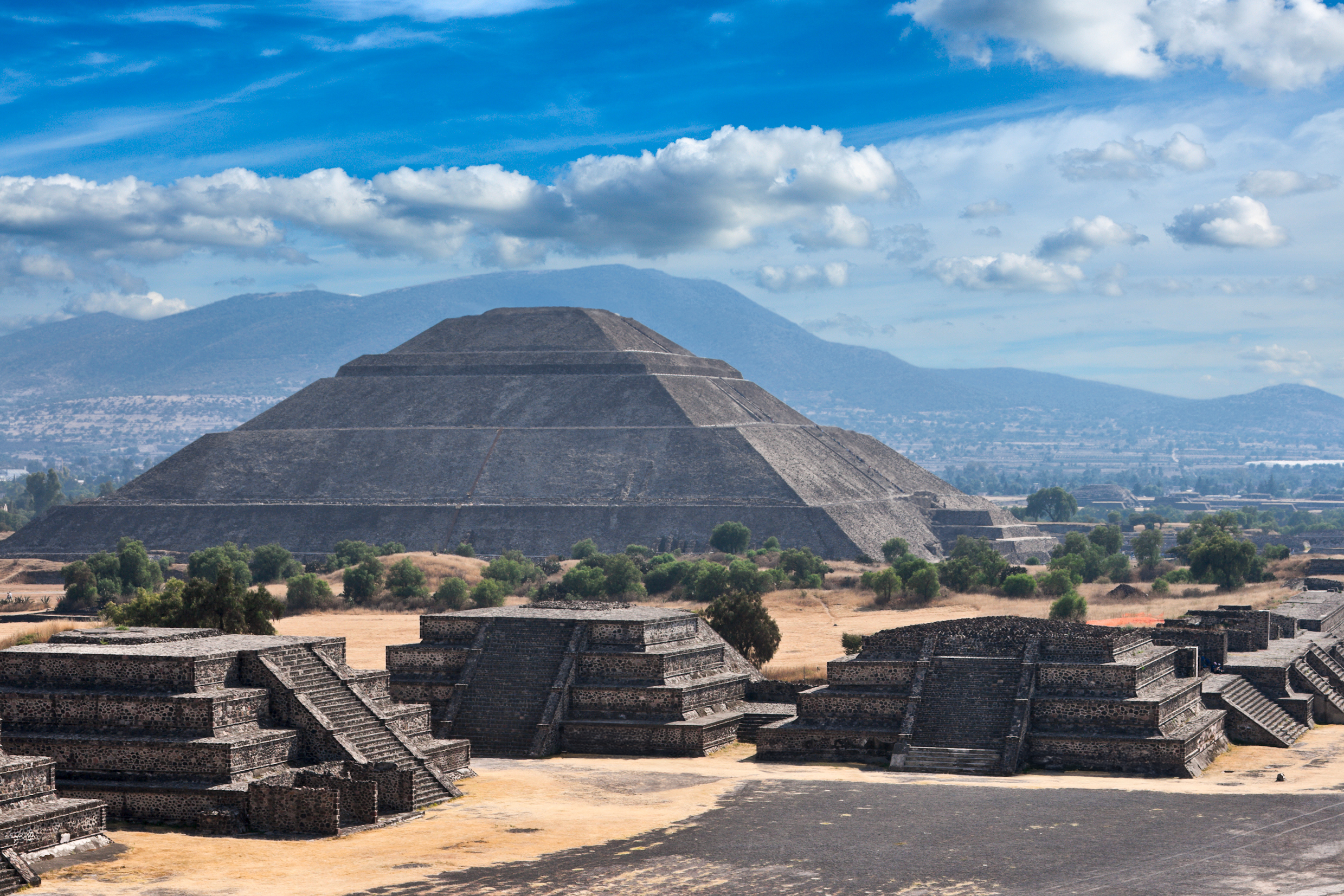Fig. 1 King Gudea-Lagash, Babylon 2050–2000 BC. (British Museum). Arm=49.5 cm Royal Babylonian (RB) cubit

by Cheryl Norman (The legacy of V. Garth Norman lives on.)
Egyptian Cubits Were from Arm, Hand, Finger and Foot Measurement
The Egyptians also created their system of measurements from finger, hand, arm, and foot measurements (en. wikipedia.org). Their Royal Cubit, was used for thousands of years as the measure for pyramids, temples and statues is 52.5 cm in length:
In 2006, the Normans had a rare adventure traveling to the Middle East. We traveled to Israel, Egypt, and to Arabia, measuring everything along the way! In Israel, Garth went to the Jerusalem Temple Mount and measured the stones. He sat down on the pavement at the position we had calculated would align with the April 5-6 sunrise over the Mount of Olives.
A square pavement stone caught his eye. He measured it and found it to be one Babylonian (RB) cubit square (above). As he sat on the pavement,
he saw a row of stones east of where he was
sitting. The single row of stones points eastward
to the high point of the Mount of Olives. Other patterns, correlating with the accounts of Solomon’s Temple construction in the Bible, helped him to conclude that the exact location and orientation for Solomon’s Temple has been pinpointed by measuring a line of stones that are oriented to the April 6 sunrise on the high peak of the Mount of Olives from the Temple Mount, where no building currently stands.
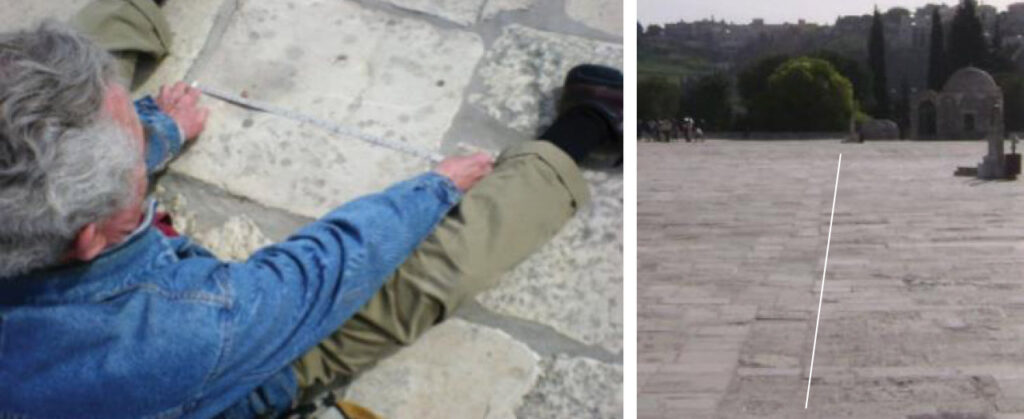
Fig. 4 – Garth Norman (2006), measures a square stone with a Babylonian (RB) cubit on the Temple Mount in Jerusalem.
Fig. 5 – Row of stones on the Jerusalem Temple Mount (2006)
ISRAEL-Measured 260/105 Days as an Agricultural cycle.
Izapa, Mexico measured the 260-Day Cycle from August 13 to April 30 as the Human Gestation Cycle.
Besides cubits, ancient Biblical calendars had the same 260/105 day segments as those across the oceans at Izapa, Mexico, and Nazca, Peru. Hebrew and Maya calendars are compared by historian Clark Nelson.
There are two sections of 130 days, totaling the 260-days equivalent to the Maya calendar, and a 105-day segment. Although Israel is not located at 14.8 degrees North Latitude, this 260/104 day calendar was to equate with the agricultural year. 105 days were the “sun-side” time, and the 260 days were called the 260-Day ritual days of the year. (Nelson: 2003: 34-35)
“South and Central American people primarily focused their calendars upon the sun, stars, and planetary Venus. . . .The Mayan Dresden Codex references 20-year lunar/solar cycles according to the planet Venus which is [a symbol of] the mythological male god, Quetzalcoatl.
Shades of Egyptian mythology are contained in the lore of Quetzalcoatl. The resurrection story claims Quetzalcoatl was a ruling deity who traveled to the east to found a new empire. When he died, Venus appeared as a star to become the lord of dawn.” (2003:35-36).
With this information, we know that the 260/105 Day count was a part of Middle Eastern astronomy that ancient migrants brought with them to the Americas. The Olmecs at around 1500 BC noticed that most animals mated in the Fall and had their babies in the Spring when rains made plentiful food to grow for mothers and babies. With this knowledge, they devised the 260-Day calendar as a Human gestation calendar with a Fall “Mating”date on August 13 so 260 days later, mothers would give birth in the Spring near April 30 when rains poured down daily at the Izapa, Mexico 14.8 degrees North latitude causing food to grow for human mothers and babies. Today Maya people still follow this sacred 260-Day Calendar so they will have many children.
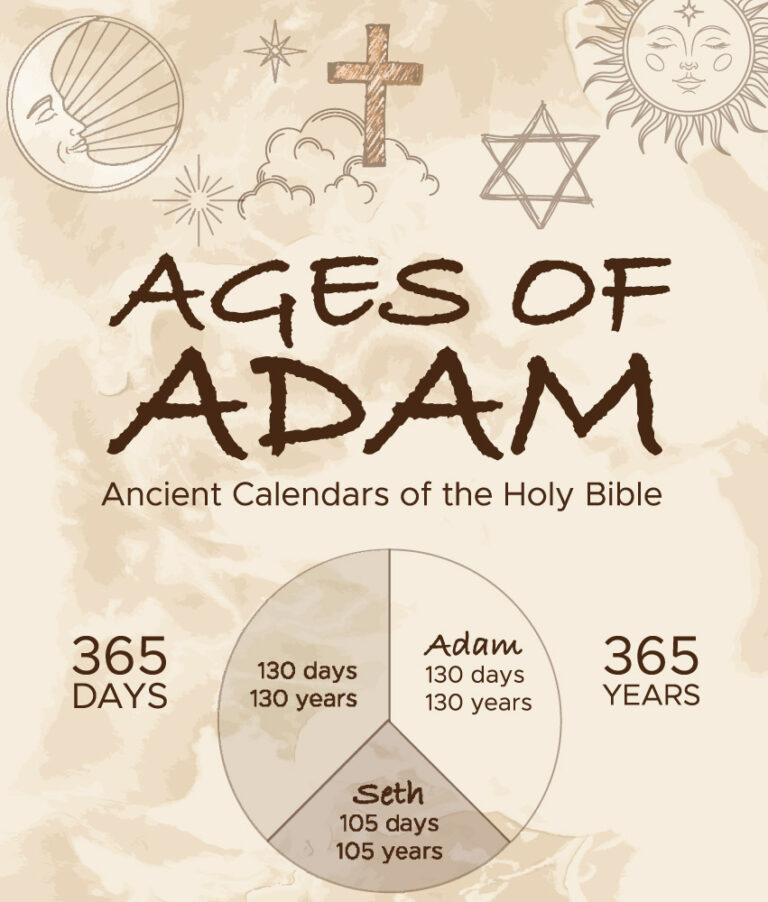

EGYPT
In Cairo, Egypt, a distinguished Muslim guide greeted us. Our courteous Muslim guides throughout the Middle East were extremely knowledgeable about their massive pyramids, ancient temples, and museums. Garth’s measurements of the antiquities in Egypt were, of course, the Egyptian cubit. In 2008, researchers at MIT discovered that stones of the Giza pyramids were made of cast limestone concrete, not cut from existing stones. (New York Times, April 23, 2008).
It’s no surprise now to know that the ancient Mesoamerican builders brought their Babylonian and Egyptian cubits from the Middle East.
The most gratifying discovery was to learn that the ancient people of Israel had the 260-Day Calendar that is so famous at the Izapa, Mexico Temple Observatory. Thank you to all the ancient Israelites who were diligent in using astronomy, standard measurements and geometry to establish their ancient dwellings and religious centers.
Watch this video for more information on the middle east.

